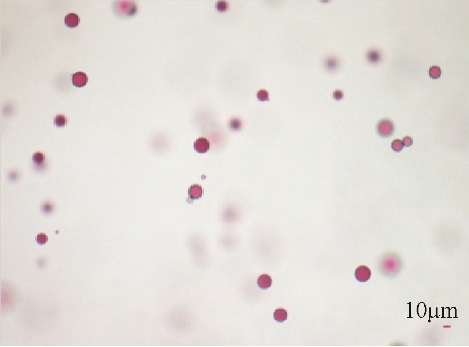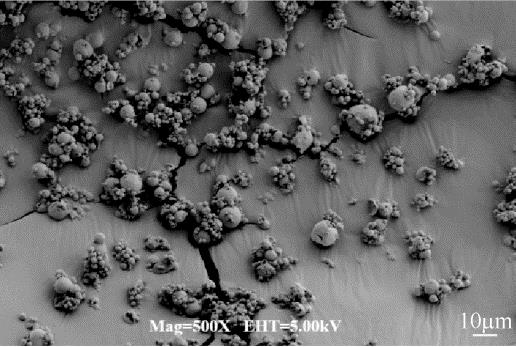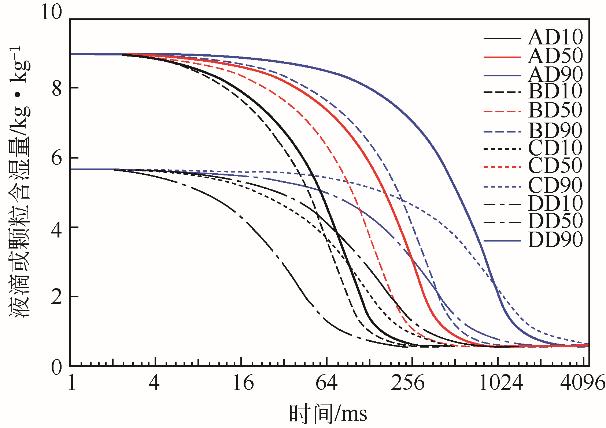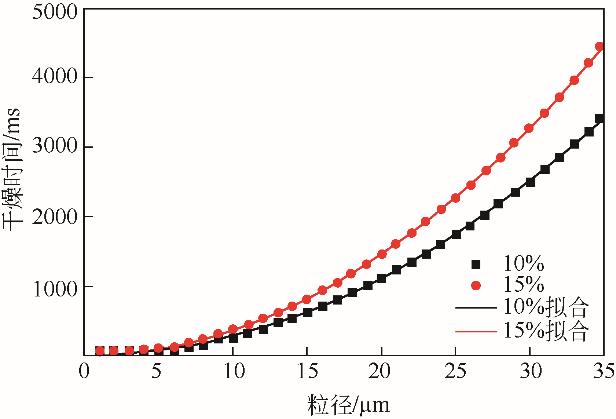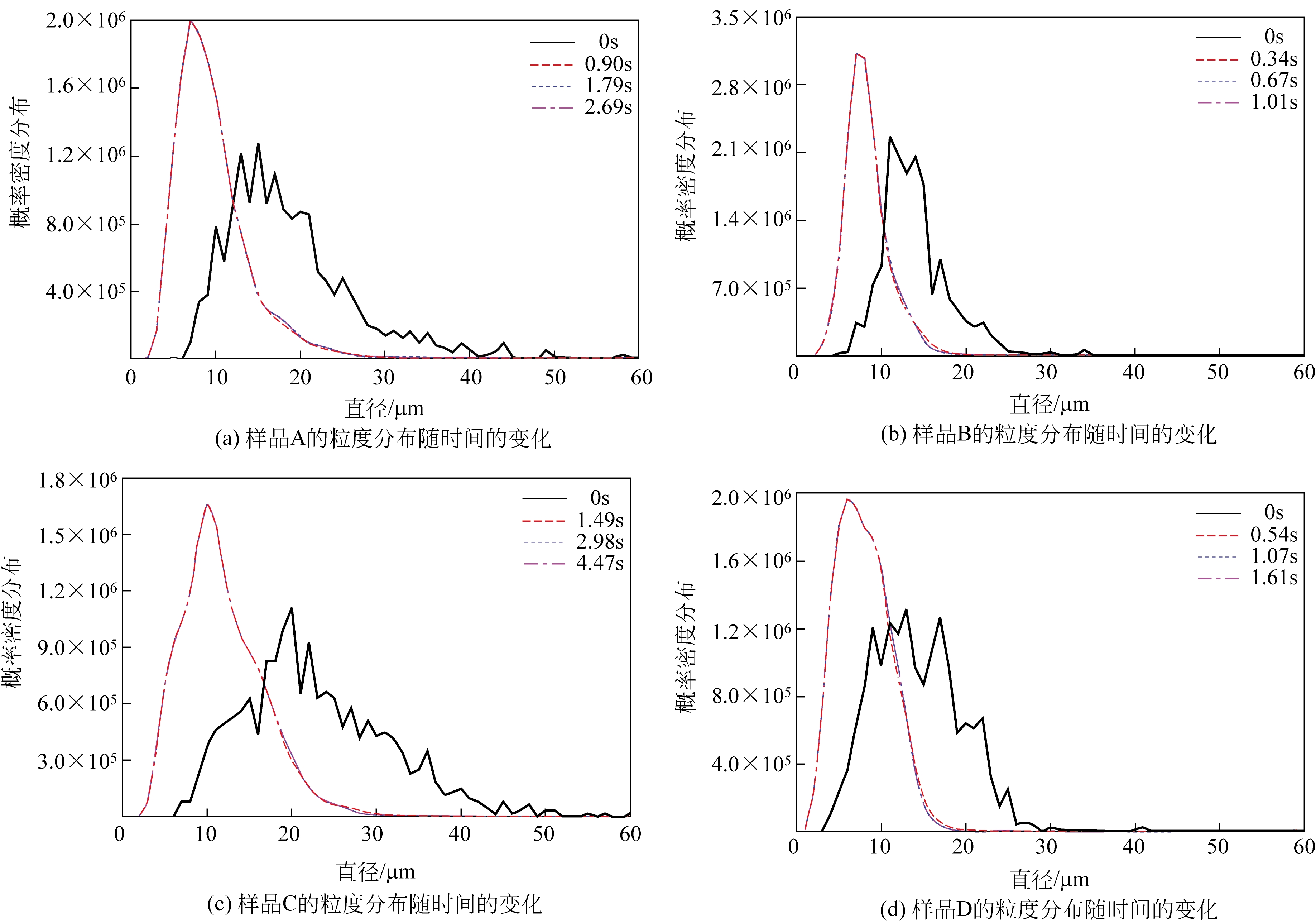| 1 |
赵志福, 朱宏吉, 于津津, 等 . 菊粉生产新技术研究进展[J]. 化工进展, 2008, 27(10): 1522-1532.
|
|
ZHAO Zhifu , ZHU Hongji , YU Jinjin , et al .New technical progress of the manufacture of inulin[J]. Chemical Industry and Engineering Progress, 2008, 27(10): 1522-1532.
|
| 2 |
郭义, 胡建华, 杨梓剑, 等 . 核黄素结晶母液的处理及回收利用[J]. 化工进展, 2016, 35(11): 324-327.
|
|
GUO Yi , HU Jianhua , YANG Zijian , et al .Treatment and recycling of riboflavin crystallization mother liquor[J]. Chemical Industry and Engineering Progress, 2016, 35(11): 324-327.
|
| 3 |
张丽丽 . 冲击式气流喷雾雾化机理及干燥过程数值模拟的研究[D]. 济南: 山东大学, 2008.
|
|
ZHANG L L .Study on atomization mechanism and numerical simulation of drying process of air-blast spray[D]. Jinan:Shandong University, 2008.
|
| 4 |
WAWRZYNIAK P , JASKULSKI M , ZBICIŃSKI I , et al . CFD modelling of moisture evaporation in an industrial dispersed system[J].Advanced Powder Technology, 2017, 28(1): 167-176.
|
| 5 |
NANDIYANTO A B D , OKUYAMA K .Progress in developing spray-drying methods for the production of controlled morphology particles:from the nanometer to submicrometer size ranges[J]. Advanced Powder Technology, 2011, 22(1): 1-19.
|
| 6 |
KEMP I C , WADLEY R , HARTWIG T , et al . Experimental study of spray drying and atomization with a two-fluid nozzle to produce inhalable particles[J]. Drying Technology, 2013, 31(8): 930-941.
|
| 7 |
ELVERSSON J , MILLQVIST FUREBY A , ALDERBORN G , et al .Droplet and particle size relationship and shell thickness of inhalable lactose particles during spray drying[J]. Journal of Pharmaceutical Sciences, 2003, 92(4): 900-910.
|
| 8 |
ALI M, MAHMUD T , HEGGS P J , et al . A one-dimensional plug-flow model of a counter-current spray drying tower[J].Chemical Engineering Research and Design, 2014, 92(5): 826-841.
|
| 9 |
LIU J J , MA C Y, HU Y D , et al .Modelling protein crystallisation using morphological population balance models[J].Chemical Engineering Research and Design, 2010, 88(4): 437-446.
|
| 10 |
FALOLA A , BORISSOVA A , WANG X Z .Extended method of moment for general population balance models including size dependent growth rate, aggregation and breakage kernels[J].Computers & Chemical Engineering, 2013, 56(56): 1-11.
|
| 11 |
LANGRISH TAG , KOCKEL T K .The assessment of a characteristic drying curve for milk powder for use in computational fluid dynamics modelling[J]. Chemical Engineering Journal, 2001, 84(1): 69-74.
|
| 12 |
LIN S , CHEN X D . A model for drying of an aqueous lactose droplet using the reaction engineering approach[J]. Drying Technology, 2006, 24(11): 1329-1134.
|
| 13 |
WOO M W, DAUD W R W , MUJUMDAR A S , et al .Comparative study of droplet drying models for CFD modelling[J].Chemical Engineering Research and Design, 2008, 86(9): 1038-1048.
|
| 14 |
LIN S , CHEN X D .Changes in milk droplet diameter during drying under constant drying conditions investigated using the glass-filament method[J].Food & Bioproducts Processing, 2004, 82(3): 213-218.
|
| 15 |
HAR C L, FU N , CHAN E S , et al .Unraveling the droplet drying characteristics of crystallization prone mannitol – experiments and modeling[J].AIChE Journal, 2017, 63(6): 1839-1852.
|
| 16 |
WIJLHUIZEN A E , KERKHOF P J A M , BRUIN S .Theoretical study of the inactivation of phosphatase during spray drying of skim-milk[J].Chemical Engineering Science, 1979, 34(5): 651-660.
|
| 17 |
TOMINAGA T , MATSUMOTO S . Diffusion of polar and nonpolar molecules in water and ethanol[J]. Bulletin of the Chemical Society of Janpan, 2006, 63(2): 533-537.
|
| 18 |
FU N , WOO M W, SELOMULYA C , et al . Drying kinetics of skim milk with 50% initial solids[J]. Journal of Food Engineering, 2012, 109(4): 701-711.
|
| 19 |
LEVEQUE R J , MIHALAS D , DORFI E A , et al .Computational methods for astrophysical fluid flow[M]. Berlin: Springer, 1998: 71-90.
|
| 20 |
WANG W-N , PURWANTO A , LENGGORO I W , et al .Investigation on the correlations between droplet and particle size distribution in ultrasonic spray pyrolysis[J].Industrial & Engineering Chemistry Research, 2008, 47(5): 1650-1659.
|
| 21 |
陈文武, 毕荣山, 刘振东, 等 . 气液喷射反应器内液滴粒径分布PLIF研究[J]. 化工进展, 2012, 31(4): 754-757.
|
|
CHEN Wenwu , BI Rongshan , LIU Zhendong , et al . PILF study on droplet size distribution in gas-liquid jet reactor[J]. Chemical Industry and Engineering Progress, 2012, 31(4): 754-757.
|
| 22 |
郭金海, 谭心舜, 毕荣山, 等 . 压力旋流喷嘴雾化滴径分布的模型预测和实验[J]. 化工进展, 2012, 31(3): 528-532.
|
|
GUO Jinhai , TAN Xinshun , BI Rongshan , et al .Model prediction and experiment study on spray droplet size distribution of pressure swirl nozzle[J]. Chemical Industry and Engineering Progress, 2012, 31(3): 528-532.
|
| 23 |
KIEVIET F G . Modelling quality in spray drying[D]. Holland: Technische Universiteit Eindhoven, 1995.
|
| 24 |
WAWRZYNIAK P , ASKULSKI M , ZBICIŃSKI I , et al . CFD modelling of moisture evaporation in an industrial dispersed system[J]. Advanced Powder Technology, 2016, 28(1): 167-176.
|
| 25 |
ULLUM T , SLOTH J , BRASK A , et al .Predicting spray dryer deposits by CFD and an empirical drying model[J]. Drying Technology, 2010, 28(5): 723-729.
|
 ),Yang ZHANG1,Caiyun MA2,Xuezhong WANG1,2(
),Yang ZHANG1,Caiyun MA2,Xuezhong WANG1,2( )
)
